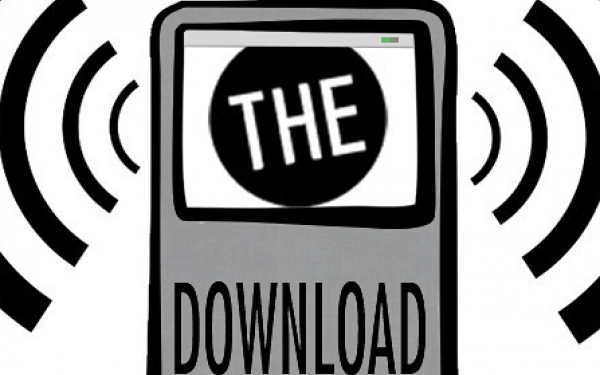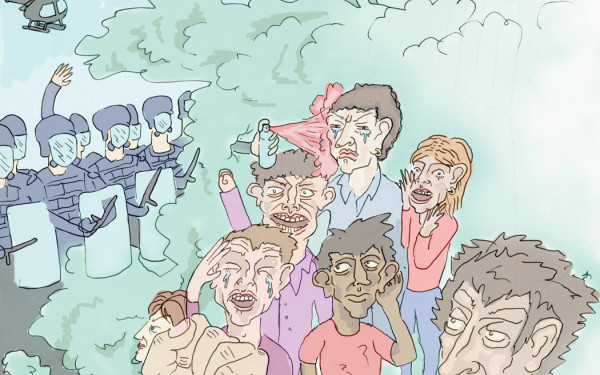Sheep in Wolves’ Clothing
Bad Cops, Good People
After approximately five hours of shooting at the last big protest I covered for The Link, I walked away with a few hundred pretty decent photos, a bruised nose and a couple riot baton-shaped lumps that stayed on my ribs longer than that week’s issue of the paper was on the stands.
A few weeks before at the annual anti-police brutality protest—which is really just a scheduled riot—Montreal cops arrested two of The Link’s photographers and gave an editor at the other campus paper a few nasty baton blows to her kidneys—she also lost a chunk of hair to a firecracker that afternoon.
The year before that, three of this paper’s reporters got arrested.
The Service de Police de la Ville Montreal doesn’t seem to like journalists much and photographers even less.
So as I rode the Metro on my way to cover last Wednesday’s police union protest, I was a bit nervous. I won’t say I was scared, because photographers don’t get scared. But I will admit I wasn’t fond of the idea of being surrounded by more than 2,500 protesting cops, plus more of les flics working at the protest to close the streets and ensure their union brothers and sisters didn’t get too rowdy.
Walking out of Laurier metro, I found myself in a sea of red t-shirts and flat-top haircuts. More than half of the city’s 4,600-strong police force was gathered outside the offices of the Montreal Police Brotherhood.
In spite of everything I just noted, they were all really friendly.
As I made my way through the crowd looking for photos, cops were mugging up for the camera, smiling and posing, laughing—essentially just being normal people.
Sure, I got a couple of death-stares, mostly from beefy wrestler types with mirrored shades and shaved heads, but most of the boys and girls in blue—or in this case, red—seemed pretty happy.
One asked how I was doing—“Ca va bien, mon gars?”—and playfully bopped me on the head with an inflatable plastic noisemaker as I took his picture. Another laughed as his dog sniffed at my camera.
Working officers waved and snapped cell phone photos of their friends marching by. One big cop carrying a Timmy’s Ice Cap and wearing riot squad camouflage pants gave me a huge goofy smile and posed for the camera as he came back from a brief snack break. And amongst the thousands of red shirts, I saw a dozen or so happy parents carrying their kids on their shoulders.
So what causes the disconnect between these nice, normal people and the aggressive, billy-club-wielding guys who seem only too happy to knock heads as they lay down the law? When these cops went to work later that night, took off their civvies, pulled on their uniforms and strapped on their guns, did they suddenly become different people?
What happened? I’m at a loss for an explanation. What I do know is that I liked these cops.
I can’t say the same for the burly guy who clubbed me in the face at the budget protest earlier this year or for the ones who’ve arrested my colleagues and friends while they’re trying to do their jobs. Not to mention officers like Jean-Loup Lapointe, responsible for the shooting of teenager Fredy Villanueva, and all of the Montreal police officers who have done things far more serious than giving a photographer a couple bruises.
If only Montreal had fewer of those cops, and more of the nice guys I saw on Wednesday.
This article originally appeared in Volume 31, Issue 11, published October 26, 2010.

__700_1054_90.jpg)
__700_904_90.jpg)

_1_600_375_90_s_c1.jpg)

